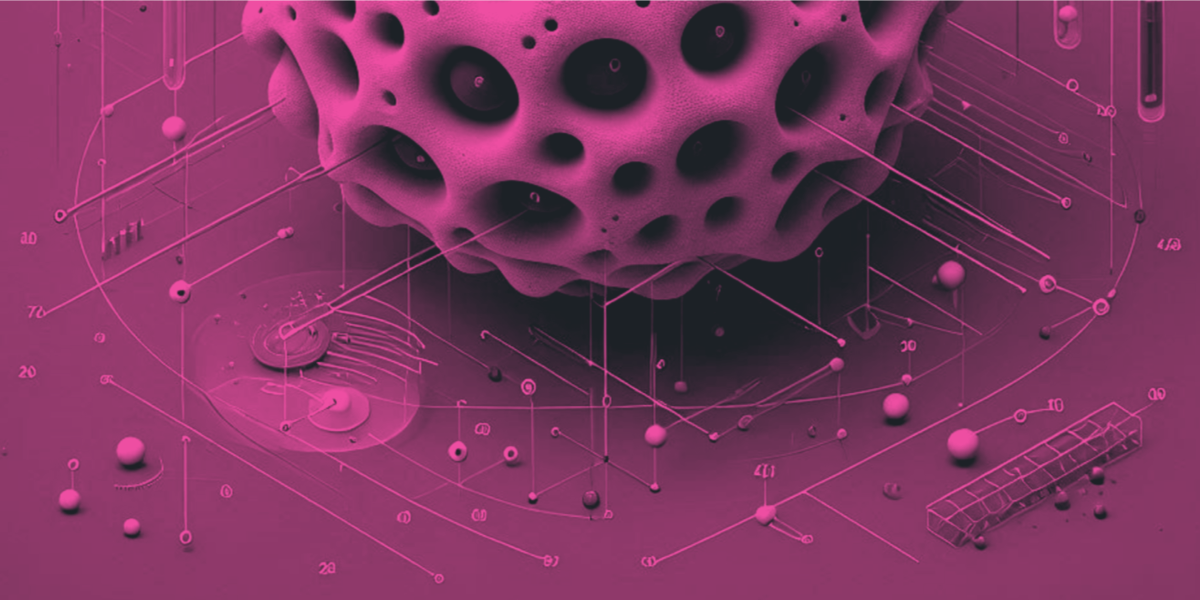Multi-Agent Systems a la aiXplain: From AI to OI – Organic Intelligence

I would like to introduce a novel metaphor for multi-agent systems inspired by biological organisms. By likening our customers’ systems to organisms composed of collaborative cells, we explore the benefits of this approach and the motivations behind it. This metaphor not only enhances understanding but also demonstrates the potential for continuous system evolution and efficiency improvement.
Introduction
Multi-agent systems have long been a cornerstone of artificial intelligence, enabling complex problem-solving and task automation. However, recent advancements have led us to adopt a new metaphor to describe and optimize these systems: viewing them as living organisms. This perspective allows us to draw parallels between biological cells and AI models, thereby elucidating the collaborative nature of multi-agent systems.
The Organism Metaphor
Our customers’ systems can be compared to organisms, where each organism is composed of specialized cells performing distinct functions. In this analogy, an AI model represents the nucleus of a cell, designed to respond to environmental stimuli in a specific manner. For instance, an AI model that transcribes audio into text acts as a nucleus within its cell. The rest of the cell comprises agents that understand the model’s capabilities, quality, interactions, interfaces, and features, thereby completing the cellular structure.
Building Systems: The Organ Approach
Creating a complex system, analogous to an organ in biology, involves the intelligent assembly of cells to address larger problems. For example, constructing a dubbing system requires the integration of a speech recognition cell, a translation cell, and a speech synthesis cell. This assembly results in a system capable of performing dubbing tasks efficiently.
Agentic Framework and Pipelines
Our agentic framework enables users to develop “pipelines” that serve as the backbone of the cellular system. When a request aligns with the pipeline, the system processes it rapidly and efficiently. If the pipeline does not cover the required problem, the cells can adapt and reconfigure to meet the new demands. For instance, a dubbing system might be repurposed for translations, or a translation system designed for XML files might adapt to handle JSON files. Configuring the system to be learning and adaptable allows it to develop new pipelines on the fly, driven by the outcomes and feedback from consuming entities.
Continuous Evolution and Human Roles
The adaptive behavior of these cellular systems ensures continuous improvement and evolution. Human developers play a crucial role in enhancing the organism’s efficiency by identifying and restructuring the least effective areas. This process accelerates the evolution of the system, ensuring it remains robust and efficient.
Key Components of the Cellular System
Critical components of our cellular system include the Mentalist, Pipeline Builder, Matchmaker, Inspector, and other “organelles.” The Mentalist identifies intent and decomposes tasks into manageable sequences for the cell. The Pipeline Builder transforms these tasks into an efficient function pipeline. The Matchmaker locates appropriate tools, agents, and assets for each function, while the Inspector evaluates the pipeline and ensures compliance with initial specifications and quality standards. If results are unsatisfactory, the Inspector initiates iterative improvements until the desired quality is achieved.
Marketplace Ecosystem
Our marketplace forms a thriving ecosystem, offering up to 40,000 different agents alongside thousands of predefined higher-level agents, which are clusters of elementary agent cells. Contributors to this ecosystem—whether providing models, agents, pipelines, datasets, or specialist expertise—benefit from mutual completion and enhancement, fostering a collaborative and innovative environment.
Conclusion
The organism metaphor for multi-agent systems provides a compelling framework for understanding and optimizing AI systems. By viewing these systems as dynamic, evolving entities composed of specialized cells, we can achieve greater efficiency, adaptability, and continuous improvement. This approach not only advances the field of AI but also offers exciting possibilities for future innovations and applications.
 We have cookies!
We have cookies!